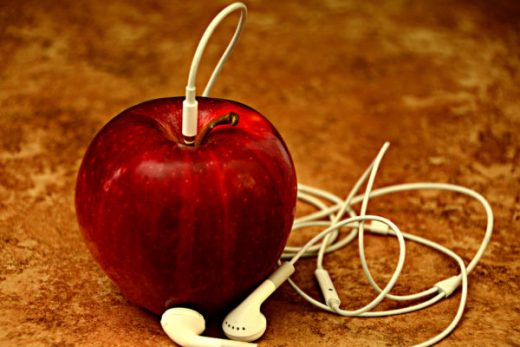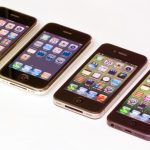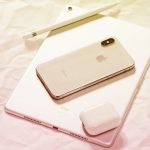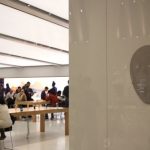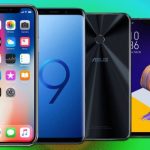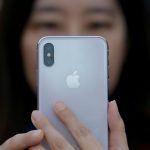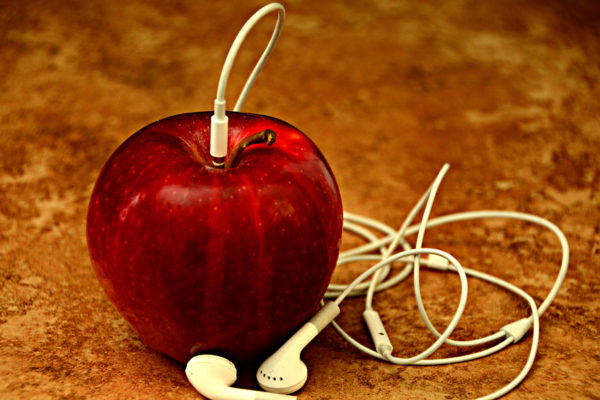Did Apple miss the mark on innovation
Did Apple miss the mark on innovation this week?

Apple whipped the smartphone world into frenzy this week when it announced the iPhone 7 would no longer carry a standard headphone jack. In addition to that news Apple unveiled AirPods, two truly wireless earbuds that retail for $ 159 this October. AirPods look as if someone simply snipped off the wires to its current earbuds. It’s actually a pretty bold move but to put things mildly, people have concerns.
There has been no shortage of backlash this week. Do a simple search for “remove headphone jack” and you can read criticism from just about every tech and business media outlet, in all its glory.
If you really want to blow your hair back, take in the Electronic Frontier Foundation’s post on Apple’s headphone jack fiasco, “Analog: the last defense against DRM.”
The 48-hour coverage conversation about how Apple’s wireless earbuds will get lost or stolen on the subway isn’t all that interesting. It’s definitely news and we’re right to put Apple’s products under this microscope, but these concerns don’t go to the real lost opportunity of Apples announcement.
See also: Apple jacks the jack and walks the watch at annual event
Can you really blame Apple for making this move? According to NPD Group in June of this year, Bluetooth headphone revenue overtook non-Bluetooth for the first time, accounting for 54 percent of headphone dollar sales and 17 percent of unit sales in the United States. The movement to truly wireless earbuds has already begun of course, but Apple will escalate the adoption of this form factor more than anything we’ve seen.
So, given that we are all heading this way, why was Apple slammed so hard this week?
The definition for what’s innovative has changed
With the Airpods announcement Apple is leaning on what I call “traditional innovation.” Technology is always pushing the “innovation” agenda. That’s how we in technology make hay. We build something different. It makes your life better. You buy it.. With the death of your beloved headphone jack, why is nobody talking about how one of the companies we unabashedly root for, may have lost at the opportunity to build something truly innovative by today’s definition? So what do I mean by “today’s definition?”
Our expectations for what’s innovative have changed. As a maker today innovation carries a hefty workload, but also a worthy one. If you look at Apple’s excellent track record with “traditional innovation” as a backdrop, it’s home run after home run. The iPod – which remember was all about the headphone jack with those cool white wires – was innovative. The iPhone? So innovative it made you pause. The iPad? I remember the first day I flipped it open, instantly merging phone and laptop experiences. iOS and the app store? Innovating an entirely new software business.
But innovation today has different expectations altogether. Innovation for Apple – and everyone else – used to go like this: Apple invents the iPhone and it is glorious. This makes our ability to get really cool stuff and be constantly entertained much easier. We are amazed. It was not affordable but who cares (again, entertainment), the phone would get smaller each year, and let us take better and better pictures. That’s the sequence of events Apple has come to expect with innovation. But, Apple is getting chastised this week because they’re trying to innovate by pushing a device more suited to deliver entertainment, when people expect substance. So why did Apple miss the mark?
What innovation today looks like: more human
Innovation today should be squarely focused on improving the human condition and improving the quality of our lives. All the great innovators have this theme embedded in their business model.
Despite the recent setback with the SpaceX Falcon 9 rocket that exploded in Florida, we are re-imagining space exploration for the daring purpose to find another sustainable planet if not an entirely parallel species. Innovation in the current form is colonizing planets and facing the reality that Earth has a finite time of existence.
Farmbot is humanity’s first 100 percent open-source CNC farming machine. Think about that for a minute; people have built a machine that allows individuals, communities, and families the ability to grow the exact amount of food need to self sustain. This reduces your grocery bill, and your carbon footprint at the same time. And it just makes you a smarter human. This project is incredible.
Turning human waste into clean drinking water? This is the type of innovation we expect. Did you know that at least two billion people use latrines that aren’t properly drained? And this waste contaminates drinking water for millions of people with devastating consequences. And outside places like the United States getting clean drinking water is actually a huge problem.
How can the elimination of a headphone jack, and push to wireless earbuds that don’t honestly offer the human condition any improvement compare? It can’t.
Where Apple’s jack deletion really falls short
Quite simply, Apple falls short not because it removed the headphone jack, but because it built a dumb wireless earbud and is telling you it took courage to do so.
Truly wireless devices for the ear must be built to deliver much more than music and phone calls. Innovation is no longer about pushing devices that deliver better entertainment, building smaller form factors, or more powerful cameras. They are really just “nice to haves.”
Innovation is about augmenting and controlling one of the five senses — in this case, hearing. That’s a huge task. Being able to hear intelligently, to give the consumer control of how they hear the world around them for a significantly enhanced human experience, is why Apple’s announcement missed the mark this week.
Because hearing is hard
I understand that Apple is not a hearables company of course, they have bigger markets to serve. But hearing is hard. Building intelligent, truly wireless earbuds requires a unique blend of acoustics, RF technologies, highly miniaturized electronics, sophisticated speech processing, state of the art software and sleek industrial design. But most of all it requires a laser focus on a consumer problem and how best to solve it.
And hey, the innovators in the hearables space have struggled with product quality so far – ear-to-ear connectivity, Bluetooth connectivity to the phone, over-engineered user interfaces, and poor sound quality, just to name a few. To date, truly wireless earbuds have not lived up to their hype. We know Apple’s news will help change this.
The disappearance of the headphone jack in iPhones pushes the truly wireless earbud to the forefront of the innovations conversation. Left to innovations from the hearing aid companies, our ears will now be the focus for new companies who see them as a platform for innovations that improve our lives in fundamental ways. We are entering a time when our ears will not be forgotten and your earbud charging case will be just as important as your glasses case.
The author is co-founder of Nuheara.
Disclosure: Nuheara is one of the startups from our accelerator partner, Wearable IoT World.
The post Did Apple miss the mark on innovation this week? appeared first on ReadWrite.
(33)

